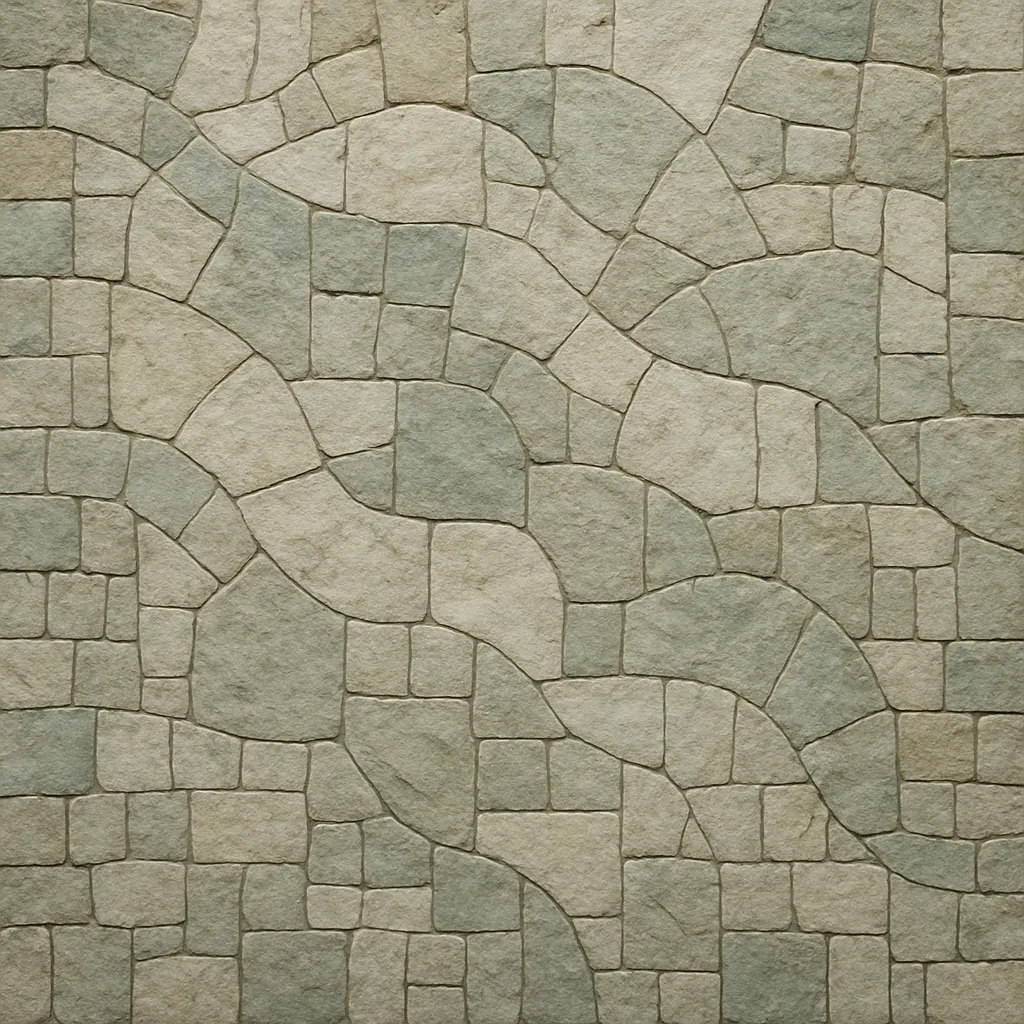Lowercase is a minimalist strain of experimental ambient music that privileges extremely quiet, often barely-perceptible sound. Instead of melody and rhythm, it focuses on micro-sonic details—hiss, hums, room tone, paper rustle, HVAC drones, cable buzz, and distant environmental traces—presented at very low volumes.
Coined by artist Steve Roden in the early 2000s, the term denotes both a sonic aesthetic and a listening practice: attentive, headphone-based, and patient. Releases frequently use long durations, wide dynamic range, and near-silence to pull listeners toward the threshold of audibility. Labels such as 12k, LINE, and Trente Oiseaux, along with galleries and sound-art contexts, helped situate lowercase at the intersection of ambient, electroacoustic composition, and conceptual sound art.
The word “lowercase” was popularized by American artist Steve Roden around the time of his work Forms of Paper (2001), which centered on amplified, close-mic’d manipulations of paper inside a library space. The aesthetic drew on decades of quiet minimalism and sound-art practice—John Cage’s framing of silence, post-1960s minimalism, field recording, and electroacoustic experimentation. Parallel currents included European microsound (e.g., Bernhard Günter) and Japanese onkyo/reductionist improvisation, all converging on restraint, low amplitude, and attention to acoustic detail.
In the early 2000s, labels such as 12k (Taylor Deupree) and LINE (Richard Chartier) released works that exemplified lowercase: sparse materials, long fades, and near-silent passages that reward close listening. Galleries and sound-art festivals provided contexts where the music’s conceptual framing—listening as practice, sound as material—could be foregrounded. Artists explored contact mics, electromagnetic pickups, and environmental recordings, emphasizing texture over harmony.
Lowercase emphasizes the threshold of audibility: tape or preamp noise, ventilation systems, vibrating objects, room tone, and incidental micro-events. Pieces often avoid pulse and clear pitch centers, instead organizing sound as slow-moving textures or episodic revealings of hidden detail. The dynamic range is wide, with long silences that are as structuring as the sounds themselves.
Lowercase helped normalize headphone-centric, hyper-attentive listening across ambient and sound-art communities. Its close-mic intimacy and focus on minute bodily or environmental sounds anticipated aspects of ASMR culture, and it influenced contemporary ambient practices that use field recording and extreme dynamic restraint. While never mainstream, the genre remains a touchstone for artists exploring subtlety, reduction, and the poetics of quiet.


